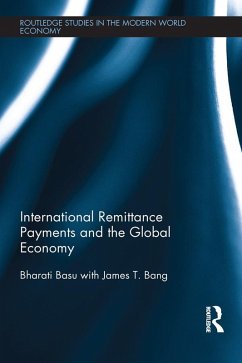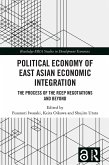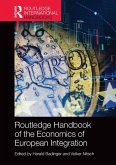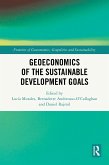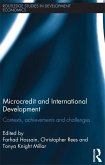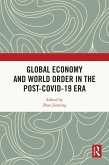This book provides an overview of remittances in different parts of the world over the last thirty years. It looks at the labor sending and labor receiving countries separately. The text examines the trends, uses, motivations behind sending remittances, cost of sending them and how they are affected by the nature and the development level of different institutional factors.
The remittance flows are growing over time and they are used mostly for reducing the uncertainty of life in the less developed parts of the world. However, motivation for sending remittances could be improved and thus remittances could be more conducive to economic development if 1) the relation between the remittance decision and the migration decision is better understood and 2) the costs of international money transfers are reduced. More studies about those issues would benefit the international community. Efforts should be made in all fronts to encourage such international flow of funds not only to have a redistribution of income all over the world, but also to synchronize the efforts towards global economic development and a better integration of the world economy. This book is aimed researchers, policy practitioners and post graduates studying International Economics or International Economic Relations or Political Science or Economic Development.
Dieser Download kann aus rechtlichen Gründen nur mit Rechnungsadresse in A, B, BG, CY, CZ, D, DK, EW, E, FIN, F, GR, HR, H, IRL, I, LT, L, LR, M, NL, PL, P, R, S, SLO, SK ausgeliefert werden.

